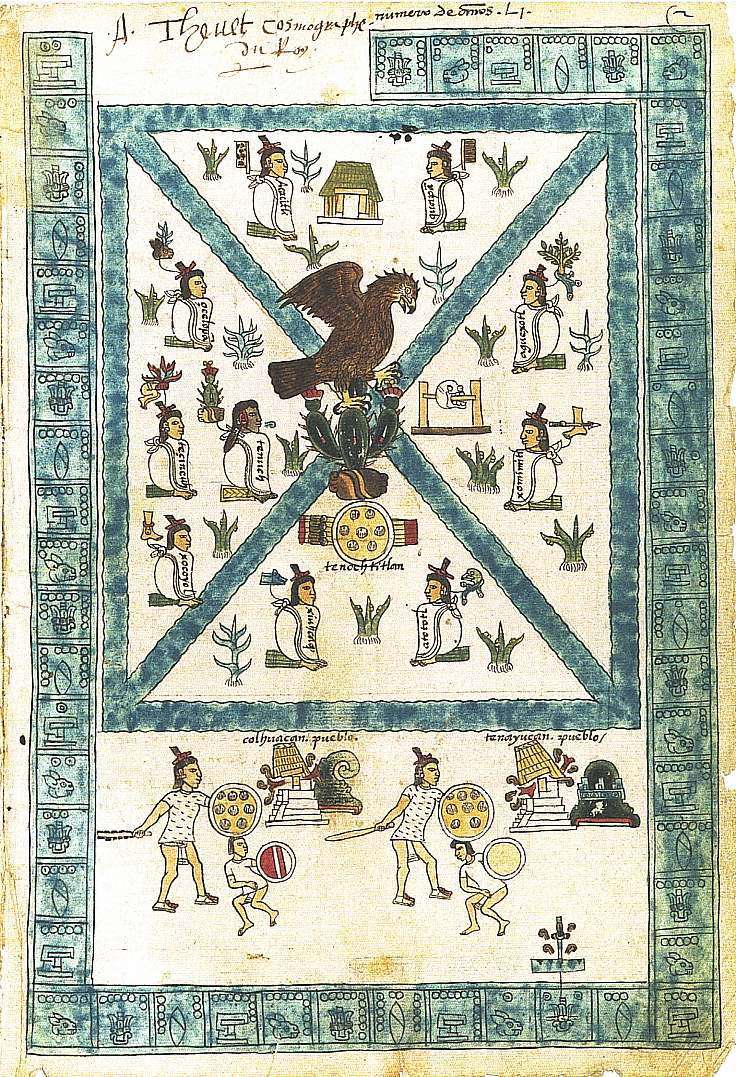|
Human Sacrifices
Human sacrifice is the act of killing one or more humans as part of a ritual, which is usually intended to please or appease gods, a human ruler, an authoritative/priestly figure or spirits of dead ancestors or as a retainer sacrifice, wherein a monarch's servants are killed in order for them to continue to serve their master in the next life. Closely related practices found in some tribal societies are cannibalism and headhunting. Human sacrifice was practiced in many human societies beginning in prehistoric times. By the Iron Age with the associated developments in religion (the Axial Age), human sacrifice was becoming less common throughout Africa, Europe, and Asia, and came to be looked down upon as barbaric during classical antiquity. In the Americas, however, human sacrifice continued to be practiced, by some, to varying degrees until the European colonization of the Americas. Today, human sacrifice has become extremely rare. Modern secular laws treat human sacrifices ... [...More Info...] [...Related Items...] OR: [Wikipedia] [Google] [Baidu] |
Tzompantli (Templo Mayor) - Ciudad De México
A () or skull rack was a type of wooden rack or palisade documented in several Mesoamerican civilizations, which was used for the public display of human skulls, typically those of war captives or other sacrificial victims. It is a scaffold-like construction of poles on which heads and skulls were placed after holes had been made in them. Many have been documented throughout Mesoamerica, and range from the Epiclassic () through early Post-Classic ().Mendoza (2007) pg 397 In 2017 archeologists announced the discovery of the Hueyi Tzompantli, with more than 650 skulls, in the archeological zone of the Templo Mayor in Mexico City. Etymology The name comes from the Classical Nahuatl language of the Aztecs but is also commonly applied to similar structures depicted in other civilizations. Its precise etymology is uncertain although its general interpretation is 'skull rack', 'wall of skulls', or 'skull banner'. It is most likely a compound of the Nahuatl words ('skull'; from or ... [...More Info...] [...Related Items...] OR: [Wikipedia] [Google] [Baidu] |
BBC News
BBC News is an operational business division of the British Broadcasting Corporation (BBC) responsible for the gathering and broadcasting of news and current affairs in the UK and around the world. The department is the world's largest broadcast news organisation and generates about 120 hours of radio and television output each day, as well as online news coverage. The service maintains 50 foreign news bureaus with more than 250 correspondents around the world. Deborah Turness has been the CEO of news and current affairs since September 2022. In 2019, it was reported in an Ofcom report that the BBC spent £136m on news during the period April 2018 to March 2019. BBC News' domestic, global and online news divisions are housed within the largest live newsroom in Europe, in Broadcasting House in central London. Parliamentary coverage is produced and broadcast from studios in London. Through BBC English Regions, the BBC also has regional centres across England and national news c ... [...More Info...] [...Related Items...] OR: [Wikipedia] [Google] [Baidu] |
Ross Hassig
Ross Hassig (born December 13, 1945) is an American historical anthropologist specializing in Mesoamerican studies, particularly the Aztec culture. His focus is often on the description of practical infrastructure in Mesoamerican societies. He is the author of several influential books, among them: ''Time, History, and Belief in Aztec and Colonial Mexico''; ''Aztec Warfare: Imperial Expansion and Political Control''; and ''Trade, Tribute, and Transportation: The Sixteenth-Century Political Economy of the Valley of Mexico''. Career Hassig began his academic career as an undergraduate at Vanderbilt University, where his studies initially focused on non-Western legal systems. He soon developed an interest in anthropology, later obtaining in 1974 his Master's degree from Vanderbilt in Law and Anthropology, with a thesis on political development among the Puebloan peoples at Acoma Pueblo. He then went on further his graduate studies at Stanford University, obtaining his Ph.D from t ... [...More Info...] [...Related Items...] OR: [Wikipedia] [Google] [Baidu] |
Aztecs
The Aztecs () were a Mesoamerican culture that flourished in central Mexico in the post-classic period from 1300 to 1521. The Aztec people included different Indigenous peoples of Mexico, ethnic groups of central Mexico, particularly those groups who spoke the Nahuatl, Nahuatl language and who dominated large parts of Mesoamerica from the 14th to the 16th centuries. Aztec culture was organized into city-states (''altepetl''), some of which joined to form alliances, political confederations, or empires. The Aztec Empire was a confederation of three city-states established in 1427: Tenochtitlan, city-state of the Mexica or Tenochca; Texcoco (altepetl), Texcoco; and Tlacopan, previously part of the Tepanec empire, whose dominant power was Azcapotzalco (altepetl), Azcapotzalco. Although the term Aztecs is often narrowly restricted to the Mexica of Tenochtitlan, it is also broadly used to refer to Nahuas, Nahua polities or peoples of central Pre-Columbian Mexico, Mexico in the preh ... [...More Info...] [...Related Items...] OR: [Wikipedia] [Google] [Baidu] |
_-_Ciudad_de_México.jpg)


